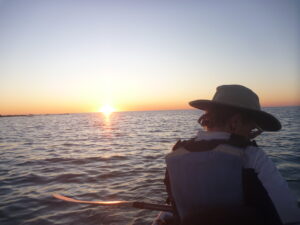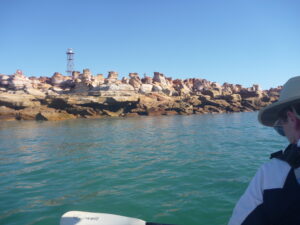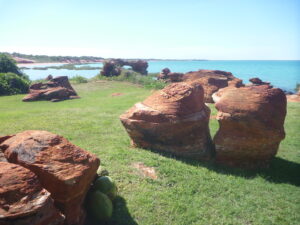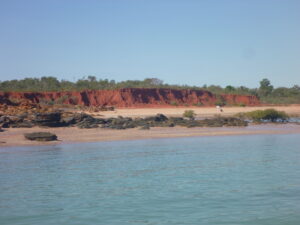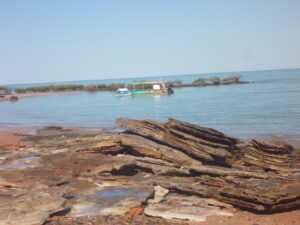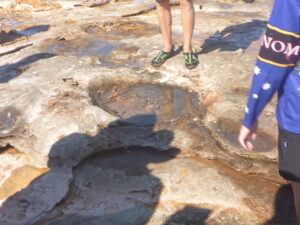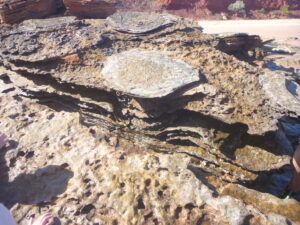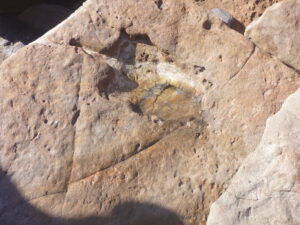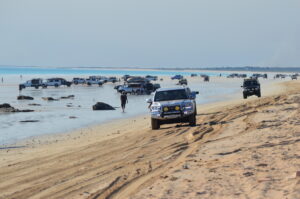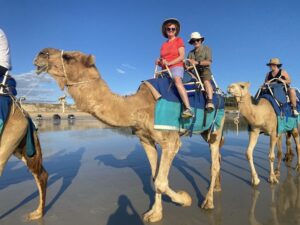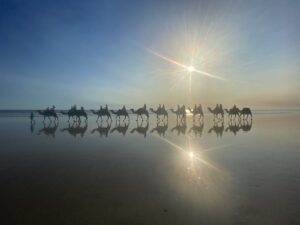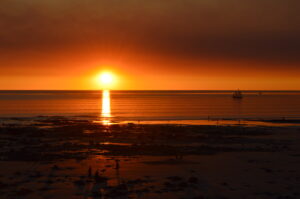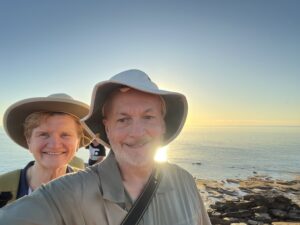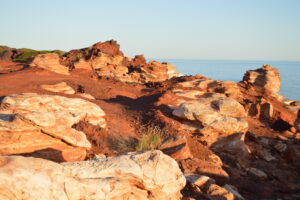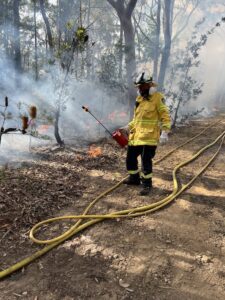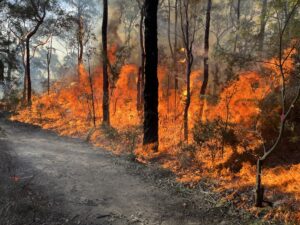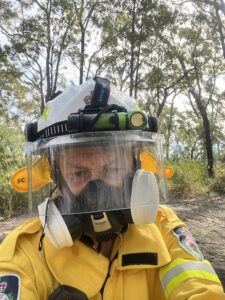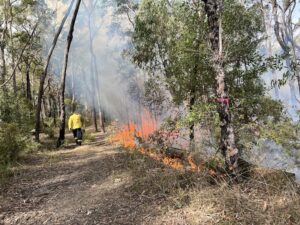In my recovery from my recent injury (qv), I have been doing some walking locally. This is one such walk, taking advantage of the fact that I had noticed that the gate blocking entrance to this tunnel had been left open. The tunnel is only about a kilometer from our house, so I took the opportunity to explore its whole length.
The tunnel dates from the late 19th century. The first railway up the initial escarpment of the Blue Mountains involved the use of a zig-zag, which created all the operational difficulties that might be expected. So, as traffic increased, the authorities decided to cut a tunnel up the escarpment instead. This is that tunnel. Given that it was on a gradient (severe, for the steam engines of that era) and S-shaped, which leads to wheel-slip, it was not a success. Within two decades a second deviation was constructed, using a nearby river gully and along the cliff-face thereof. That is the route used today.
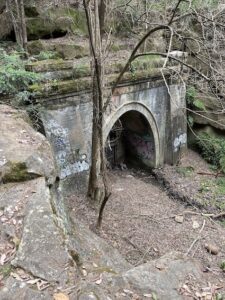
So the original tunnel lies unused.
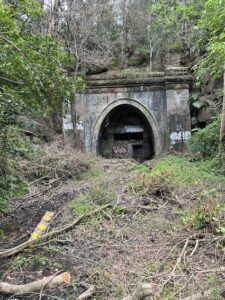
This is the southern/eastern entrance, at the end of a cutting, which until recently was very overgrown, although the council are now clearing it out, as can be seen.
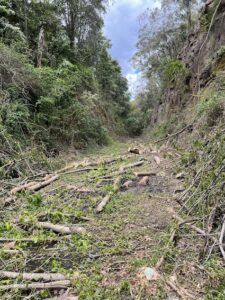
The plan it to create a cycling route from Glenbrook down to Penrith.
Clearly from my viewpoint this is an excellent idea, even if after my most recent bike accident I am going to have to be very careful.
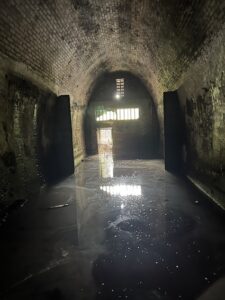 Anyway, I decided to explore the tunnel, previously used for storing RAAF bombs, and subsequently used as a mushroom farm. This is the southern/eastern entrance, seen from within. The water level means that gumboots were needed (I had anticipated this).
Anyway, I decided to explore the tunnel, previously used for storing RAAF bombs, and subsequently used as a mushroom farm. This is the southern/eastern entrance, seen from within. The water level means that gumboots were needed (I had anticipated this).
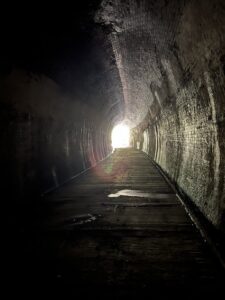
There is almost nothing left inside. The floor is concreted and the wall brick-lined, so it was very easy to walk up the whole length (a bit less than a kilometer I think), although I couldn’t get out of the northern/western end. The gate there is still locked.
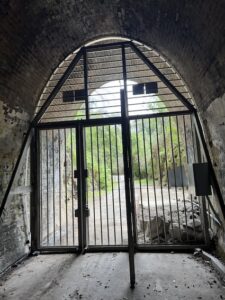
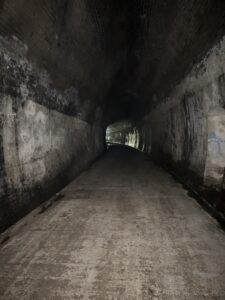
So there you are: an interesting piece of railway history, only a short walk from our house and only requiring a torch and a pair of gumboots to explore.
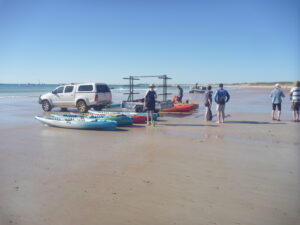 We did some kayaking this afternoon though.
We did some kayaking this afternoon though.